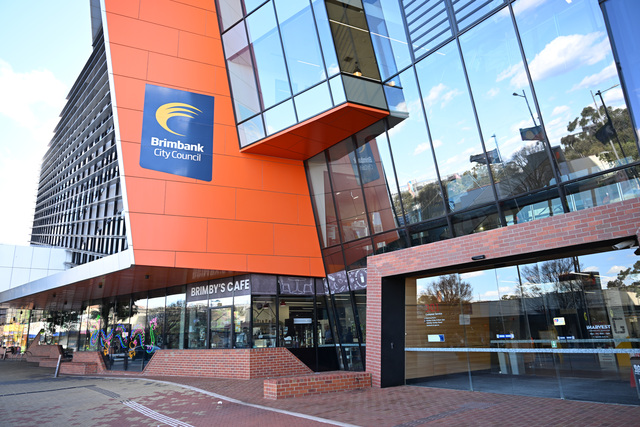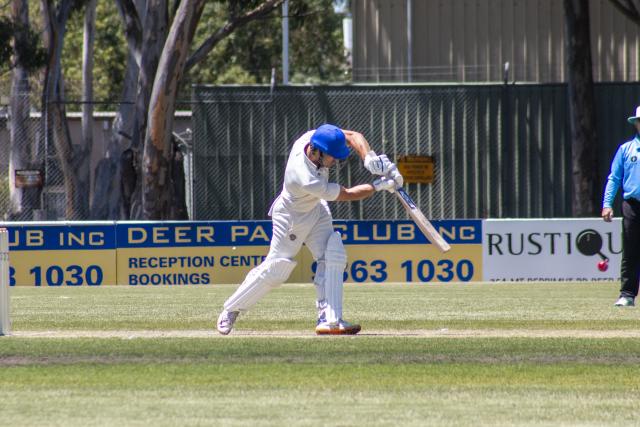Local secondary schools have been invited to apply for a controversial state government program that would see doctors based in schools.
But the Australian Medical Association (AMA) has raised concerns about the Doctors in Schools program, over issues such as infection control, parental consent, medical record integrity and continuity of care.
The program, announced as part of the recent state budget, would link 100 Victorian secondary schools with local doctors, who would offer students appointments at school one day a week.
Keilor Downs College principal Linda Maxwell told Star Weekly she did not yet know the finer detail of the program, but the school was interested in applying for support of its existing services.
“We have fantastic student support services with connections to social workers and a psychologist,” she said. “But students can’t access the psychologist without a mental health plan from a GP, which slows everything down.
“For some families, going to a GP can be a really big obstacle.
“Being able to access a GP on school grounds would remove a major hurdle.”
Ms Maxwell said access to the college’s mental health services already required parental consent and if the school was successful in joining the Doctors in Schools program, the same rule would apply.
Sunshine College principal Tim Blunt said he personally felt that the program offered a lot of benefits for students.
“I already have feedback from VCE students who also think there’s merit in the program,” he said. “I’ll take it to the school council to get their thoughts.”
AMA Victoria president Lorraine Baker said it was not clear if the program would be able to provide full medical care to adolescents with alcohol, drug or mental health issues.
“Issues such as alcohol and drug abuse, mental health, including eating disorders, and sexual health require young people to be able to choose the doctor who best suits their needs,” she said. “It’s not clear if the program will be able to provide full medical care.”
More than $43.8 million has been allocated for the program, which will begin next year. Schools must demonstrate their need for the service before June 13.







